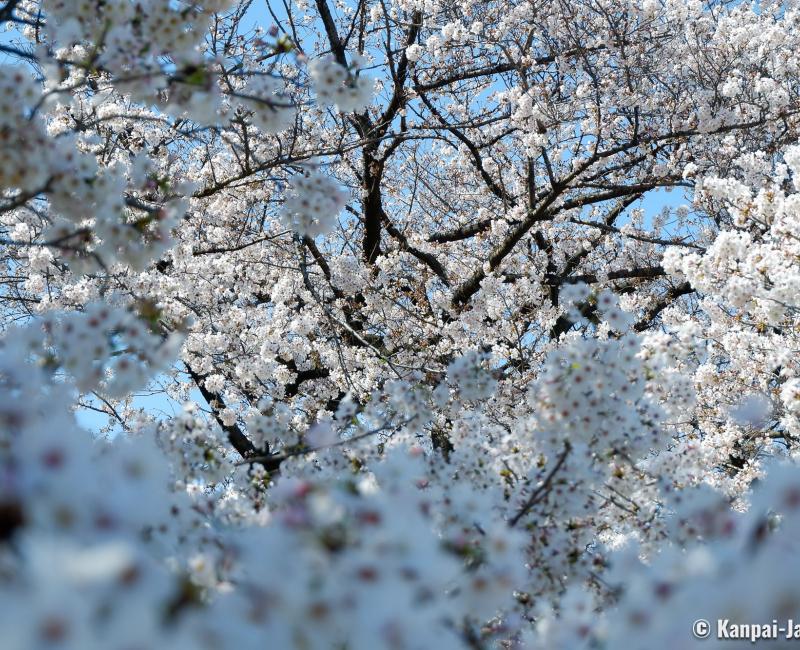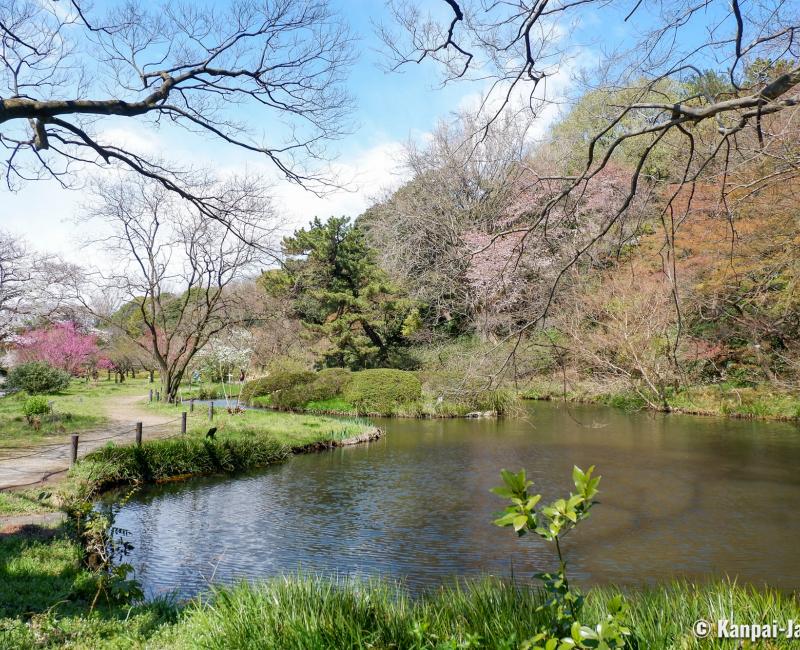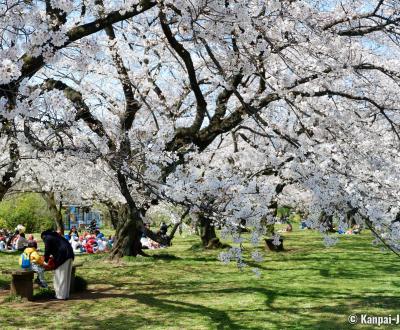Koishikawa Botanical Garden
Tokyo’s Famous Scientific Arboretum
Koishikawa Botanical Garden is located in Bunkyo ward, in the north of Tokyo. Operated by The University of Tokyo’s Graduate School of Science, its large 16-hectare park shelters about 4,000 plants and trees species. While open to the public all year round, it is particularly attractive during the peak seasons of spring for the cherry blossoms, summer for the iris blooming and autumn for the Japanese maple trees colored foliage.
The early days of Koishikawa Botanical Gardens date back to 1684, when the 5th Tokugawa shogun established there a medicinal herb garden, that is known today as Koishikawa Medicinal Herb Garden. During the Meiji era (1868 -1912) the garden was affiliated with the newly created Tokyo University. Over time, it became a prominent place for Japanese herbalism and modern botany.
Students of natural science still roam the premises and enjoy a marvelous vegetal sanctuary with an arboretum of 1,400 tree species and 1,100 tropical plants species. Most of these plants originate from Japan, Korea and China.
The entrance to Koishikawa Botanical Gardens is located at its southernmost end, about a ten minutes’ walk from the nearest subway 🚇 station. The grounds are divided into two large areas: the upper and the lower area, with numerous alleys winding between those spaces. It makes for a colorful, great change of scenery, and suspense is maintained thanks to the layout of the various plant collections, each of them being assigned to a certain perimeter. Each grove or bush is identified with a sign bearing the name of the species in Japanese and in Latin.

Contemplation of the trees according to the seasons
To reach the upper part of the park, walk toward the Main Building from the entrance and turn left. You will find:
- The cherry tree alley, with countless somei yoshino trees, that are in full bloom at the end of March and with an enchanting profusion of petals. Spring picnics are allowed under the trees and it is not unusual to see the neighborhood’s school children taking lunch with their class.
- Several large greenhouses shelter a great number of various exotic and endemic plant species, and a beautiful cacti collection. The house behind the greenhouses displays a small museum and a souvenir shop.
- An avenue is lined with Japanese maple trees whose foliage (koyo 🍁) turn in bright fall colors near the end of November. At the end of the path, a majestic gingko biloba is standing and adorned in golden yellow in autumn.
- Rhododendron bushes, that bloom after the sakura 🌸 in April.
- A vast forest space that gives the impression of being totally away from Tokyo.

Aquatic stroll in the Japanese garden
The lower part of the park is home to a traditional landscape with:
- A classical Japanese garden, with a path strolling around the main pond, which is crossed by several little bridges and ornamented with about fifty plum trees, blooming at the end of winter, and a hundred iris species, whose colors come in full bloom in June.
- The Koishikawa Annex of the University Museum, unmistakable with its white and red facade overlooking the pond, and,
- A wilder humid zone, with several basins attracting insects, and especially mosquitoes in summer, even in the daytime (make sure to bring an efficient repellent).
The grounds also have a small space arranged under wisteria pergolas, with drinks and ice creams vending machines, and a tiny stall selling snacks for a break. Eating in the park is allowed all year round and in the designated areas.
Koishikawa Botanical Gardens are a prestigious visit for any botanic passionate. Despite its important collection of vegetal species, notably the famous cherry trees and Japanese maple trees embellishing the alleys at each change of seasons, the park is very few visited by tourists and is a haven of serenity.

